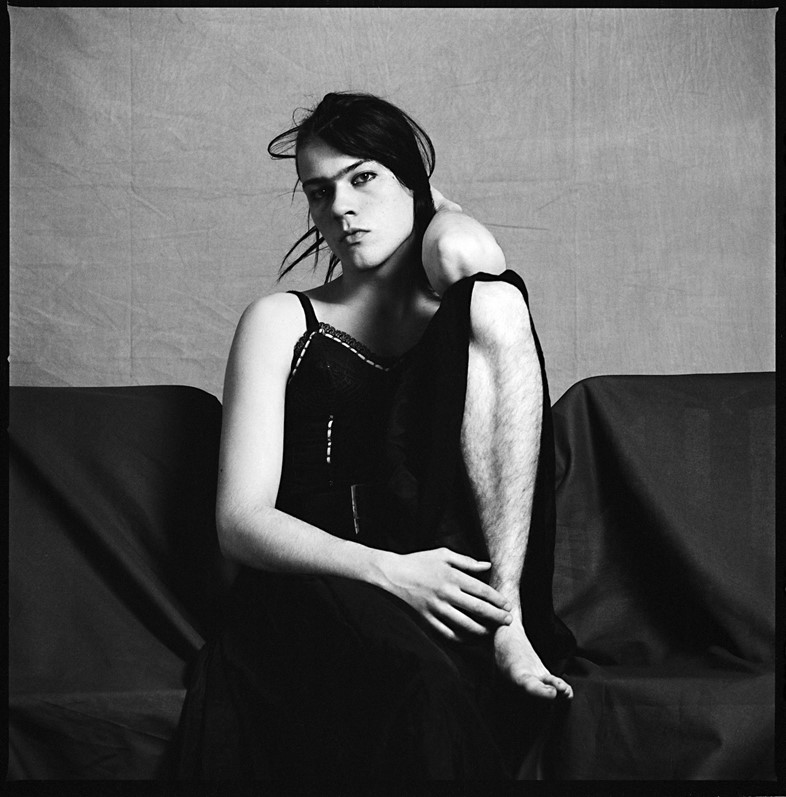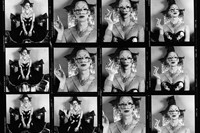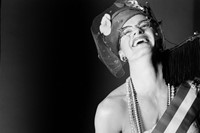A new exhibition at Foam Amsterdam highlights a selection of American photographer Remsen Wolff’s portraits of trans and genderfluid individuals taken in the 1990s
In 1990, American photographer Remsen Wolff (1940–1998) embarked on the creation of Special Girls – A Celebration, an ambitious series capturing more than 125 trans and genderfluid models from New York and Amsterdam. From this extraordinary series, Wolff amassed some 100,000 photographs – a selection of which will be on view in the new exhibition Remsen Wolff: Amsterdam Girls, opening this week.
The exhibition showcases a selection of portraits Wolff made between 1990 and 1992 on his annual month-long pilgrimage to Amsterdam, then known as “the gay capital of Europe”. A self-taught photographer, Wolff made intimate, spirited and at times subdued portraits of nightlife luminaries including Jet Brandsteder, aka Francine, Hellun Zelluf and Vera Springveer as well as anonymous trans women struggling with their gender identity – an issue Wolff understood all too well. In the last years of his life, Wolff took the name of Vivienne (Viv) Blum, a name inspired by Vivienne Westwood and family friend Edith Blum, and described himself as a “faux transsexual”.
Jochem Brouwer, Wolff’s former assistant who inherited the estate, draws a connection between artist’s focus on femininity with that of his mother, Isabel Bishop, an American realist painter renowned for her paintings of women. As the son of Bishop and neurologist Dr Harold Wolff, the artist was born into privilege, attending Phillips Exeter and Harvard University, where he received a BA in Art History in 1964. After marrying, fathering two daughters, and converting to Judaism, Wolff divorced, becoming a drifter and a loner for the rest of his life.
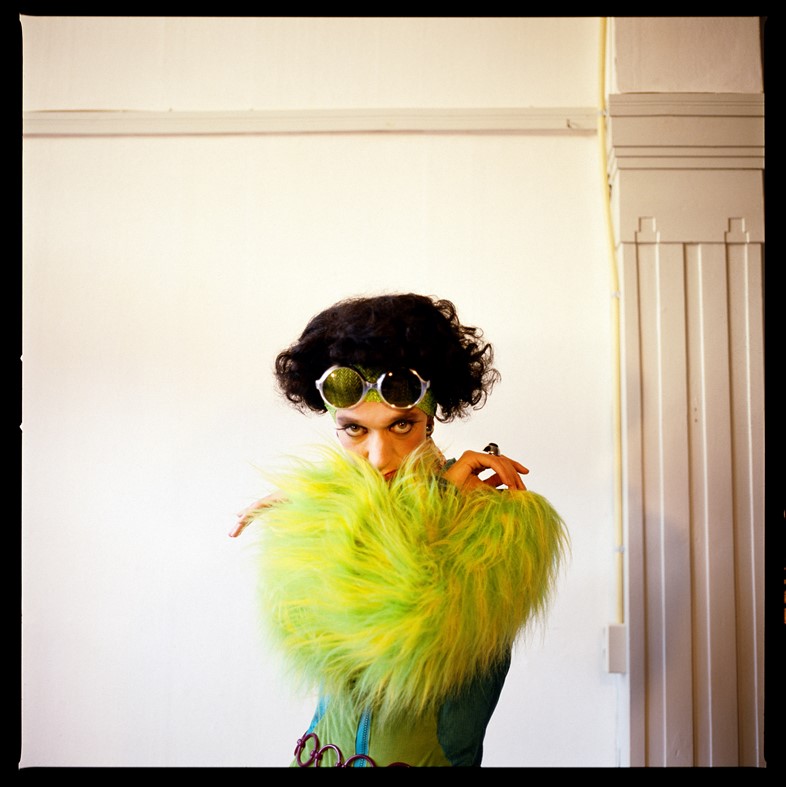
In 1990, Brouwer, then 18, met Wolff in a photography shop in Amsterdam. They instantly hit it off, and Brouwer went on to work with Wolff on Special Girls over the next five years. Although Wolff took up photography as a child, he never turned it into a professional career, preferring to use the camera was a tool to navigate his place in the outside world. It wasn’t until Wolff was in his forties that he came out as queer and began to contend with his genderfluid identity. In spending time with transgender people, Wolff could celebrate their lives and beauty, while honouring their vulnerability and their pain – a depth of understanding he possessed after having been falsely accused of serial rape and murder in Fort Worth, Texas, in 1985.
After a rape victim incorrectly identified Wolff from a photograph as her attacker, the police tracked him down and arrested him while he sat in the audience of a theatre. According to Brouwer, after a local television channel broadcast a recording of the arrest, Wolff sued and won a million dollars in damages. This money, combined with an inheritance after his mother passed in 1988, gave Wolff the resources necessary to devote his life to photography. Newly liberated, Wolff aligned himself with those living outside the narrow confines of gender ascribed by society, creating their own spaces in which to live free. Like his subjects, Wolff was determined to shine – even if it took him a lifetime of wandering to find his way home.
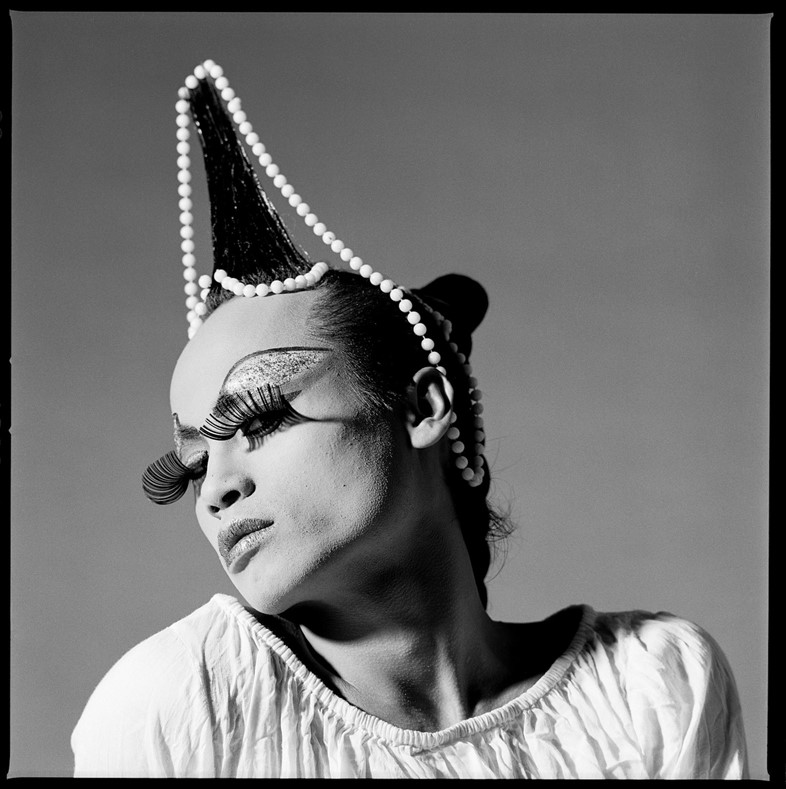
Remsen Wolff: Amsterdam Girls is on view at Foam Amsterdam from September 11 – December 6, 2020.
